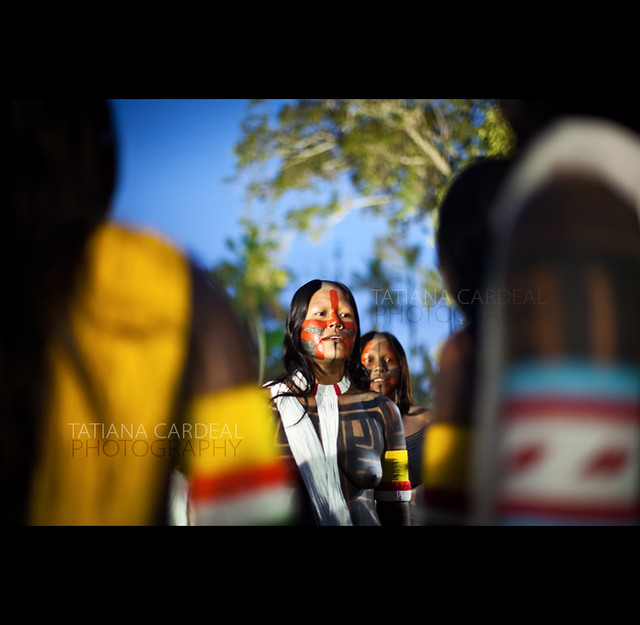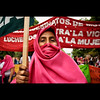
Copyright © Tatiana Cardeal. All rights reserved.
Reprodução proibida. © Todos os direitos reservados.
The model of development that Brazil was rising in the last years could have some strong positive points, but some issues related with the environment, sustainability, violence and disrespect of the Indigenous and Traditional Communities rights (as the Quilombolas - historic afro-brazilian communities) are just going worst.
Last July and August I traveled about 4000km on the Brazilian east boarder, between Bahia' South state and the North of Espírito Santo, visiting many Indigenous and Afro-Brazilian communities (Quilombolas). I was shooting for a research that will be published soon. The main picture is really bad. I also met and interviewed anthropologists, professors at universities and researchers, and what I've seen is disappointment when not revolt.
A meeting formed by a large national group of anthropologists to write a collective manifest for the government was recent planned to happen in Florianópolis. I'll updated about.
You've probably heard about Belo Monte Dam and other projects in the Amazon area, troubles with deforestation, monoculture, and lands issues in the country. The Brazilian Association of Judges for Democracy (www.ajd.org.br) released a campaign named "I Support the Indigenous Cause" and are asking for signatures.
I support the Indigenous Cause
Against the PEC 215 (proposed constitutional amendment)
Demarcation of the Indigenous Lands
Urgency in Court Decisions
There are more detailed information rolling the bar on this link.
I Support the Indigenous Cause
Check the link for other languages:
Português / Español / Français / Italiano / English
If you agree, you can sign the petition that will be sent to the Supreme Court,
the President of the Republic, the Senate and the House of Representatives.
Please, share the campaign with your contacts.
________________________
Eu Apoio a Causa Indígena
Photo: > Kayapó women were singing and dancing their traditions during the Indigenous National Festival, 2012. Bertioga, SP, Brazil.




















